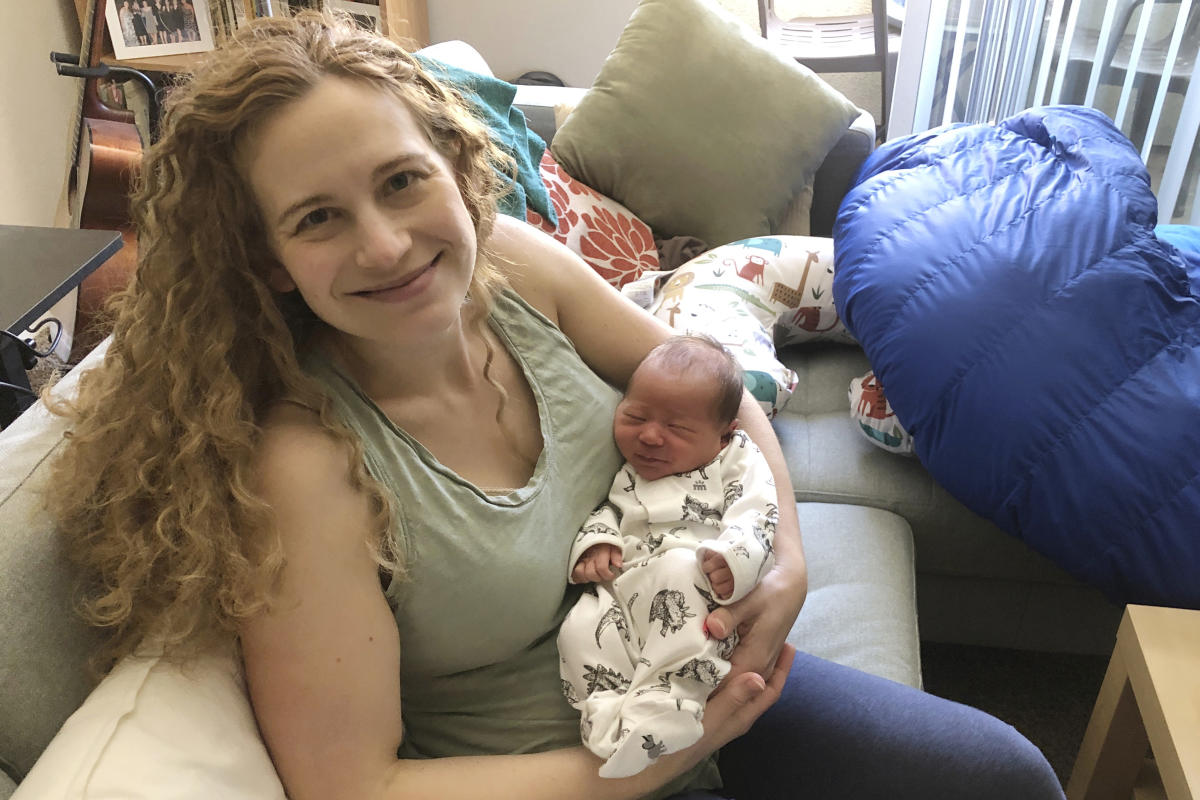When you buy through links on our articles, Future and its syndication partners may earn a commission.
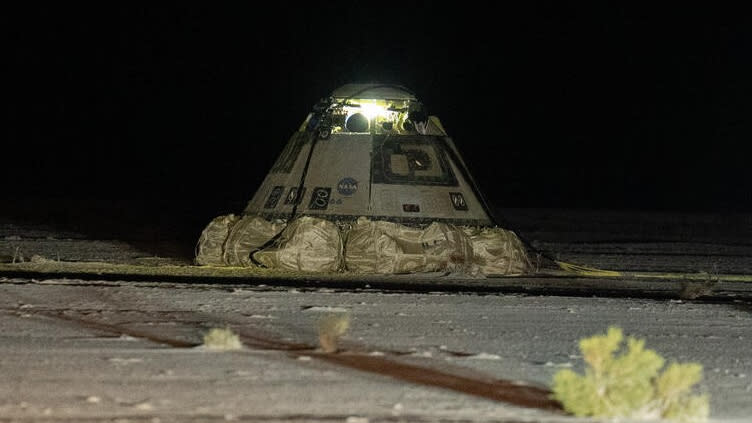
Starliner’s long space odyssey is over.
The Boeing capsule, named Calypso, returned to Earth early this morning (Sept. 7), touching down in the New Mexico desert at 12:01 a.m. EDT (0401 GMT; 11:01 p.m. local time on Sept. 6).
“Great landing of Calyspo!” NASA astronaut Suni Williams said on the agency’s webcast. “I don’t think that could have gone better.”
The landing was long-delayed, coming more than three months into an orbital mission originally expected to last about 10 days. And, while Starliner launched with two NASA astronauts aboard — Williams and Butch Wilmore — nobody rode it home.
It wasn’t supposed to end like this.


Build Boeing’s Starliner!
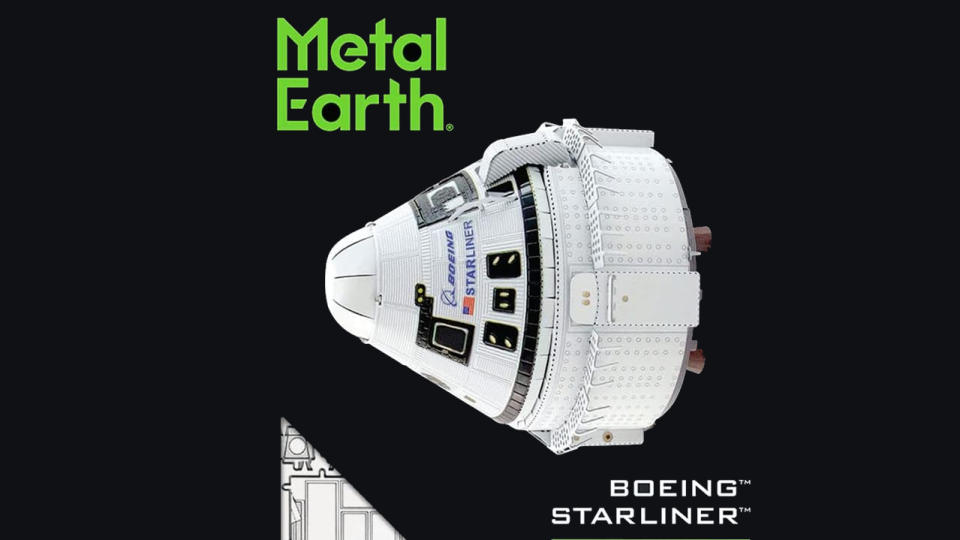

You can build your own Boeing Starliner space capsule with this Metal Earth Boeing CST-100 Starliner 3D Metal Model Kit, available for $10.95 at Amazon.
A crucial test flight
The roots of the just-completed mission, known as Crew Flight Test (CFT), go back a decade. In 2014, NASA gave SpaceX and Boeing multibillion-dollar contracts to finish work on their astronaut taxis — capsules known as Crew Dragon and Starliner, respectively.
The agency wanted one or both of those vehicles to start flying astronauts to and from the International Space Station (ISS) by 2017, reestablishing a homegrown orbital human spaceflight capability — something the U.S. had lacked since the retirement of the space shuttle in 2011.
Related: NASA’s space shuttle program in pictures: A tribute
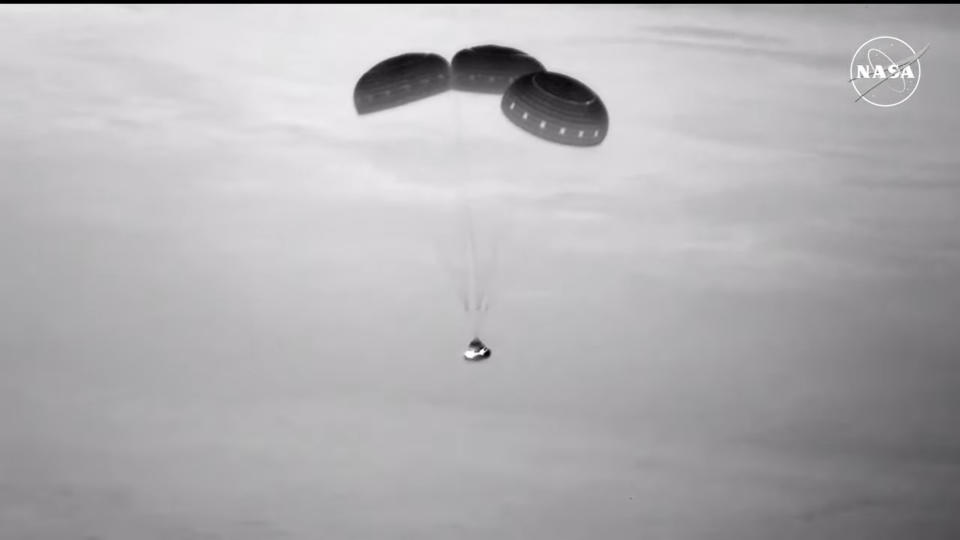

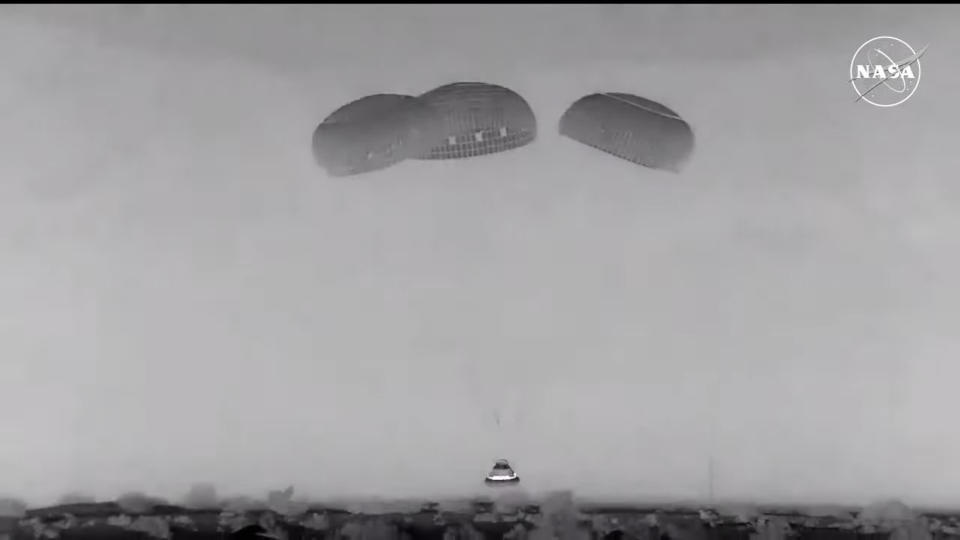

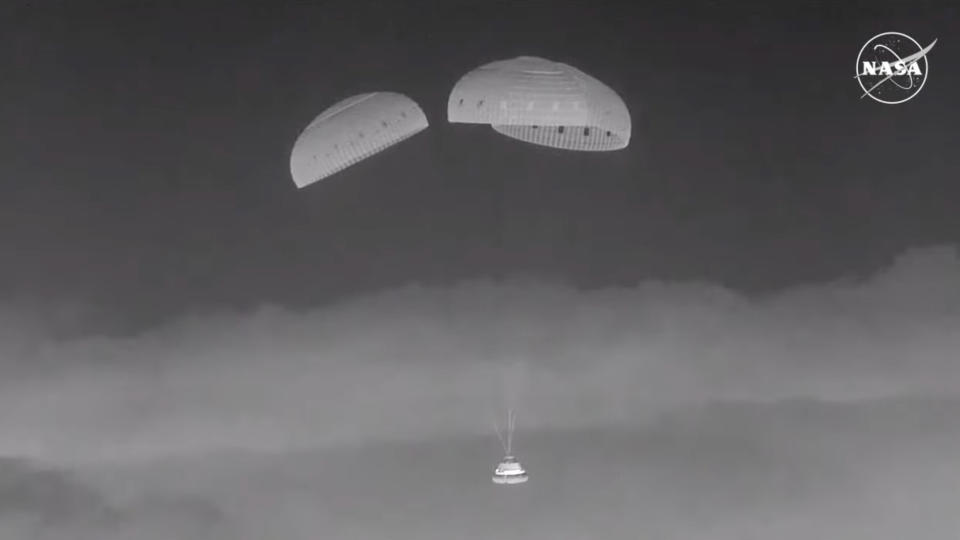

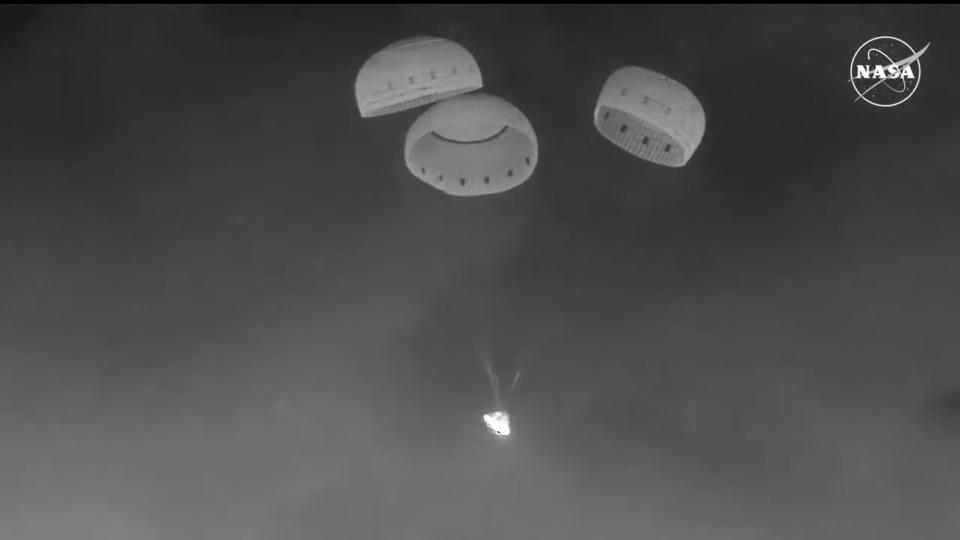

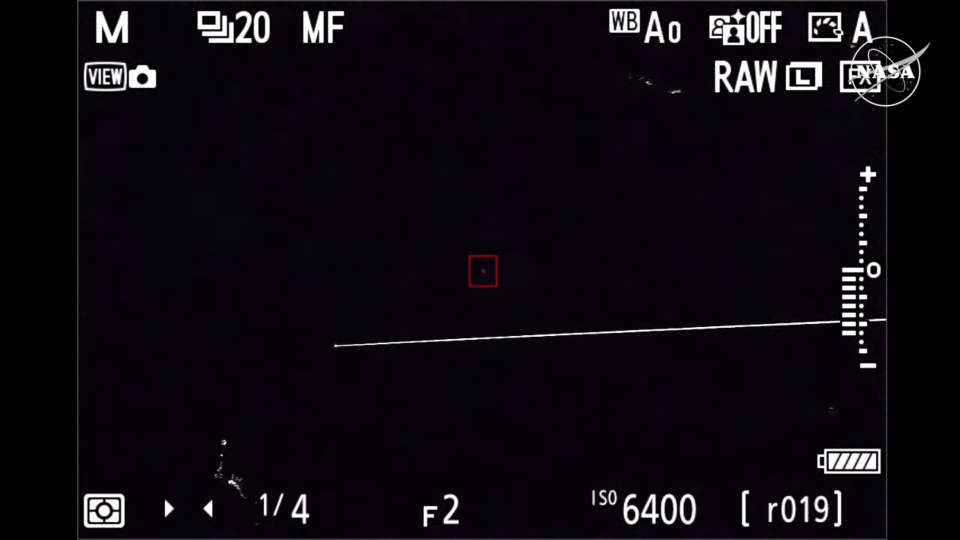

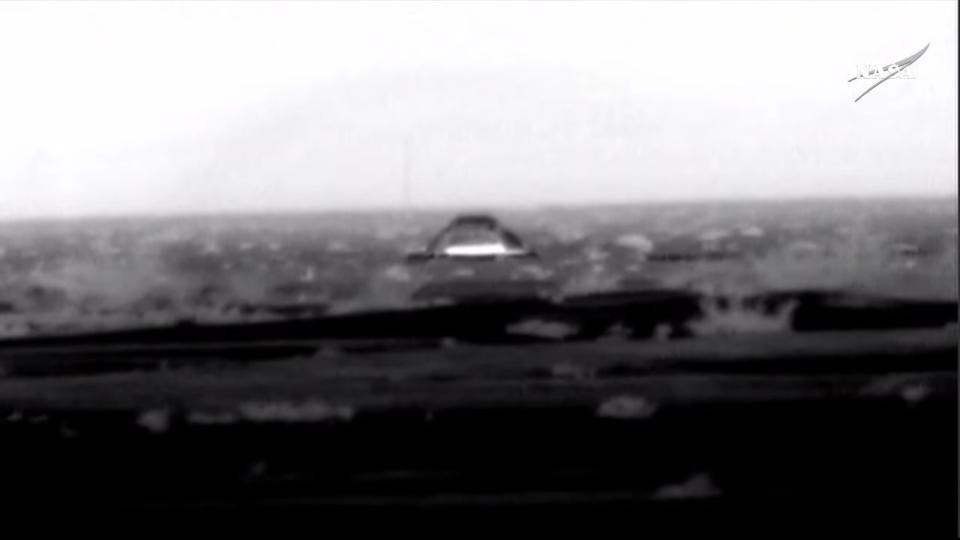

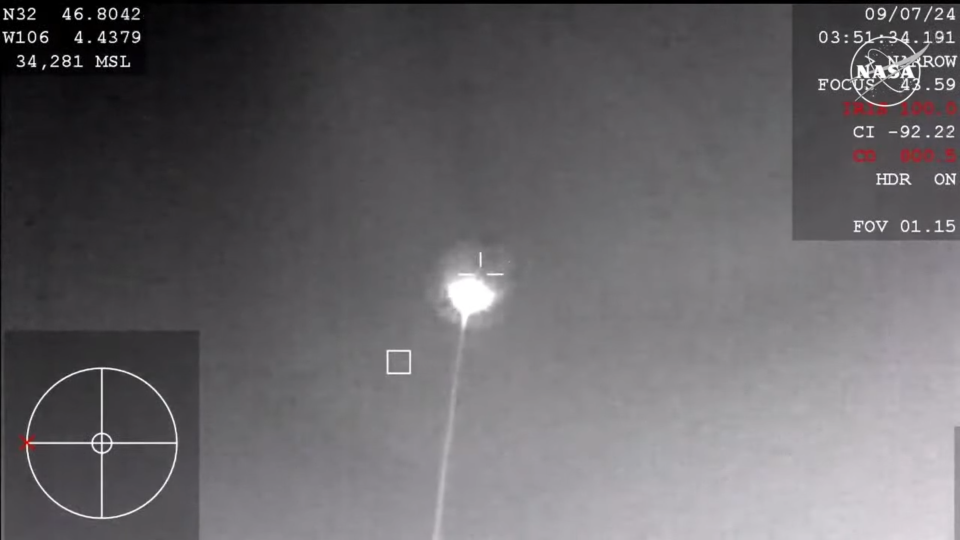

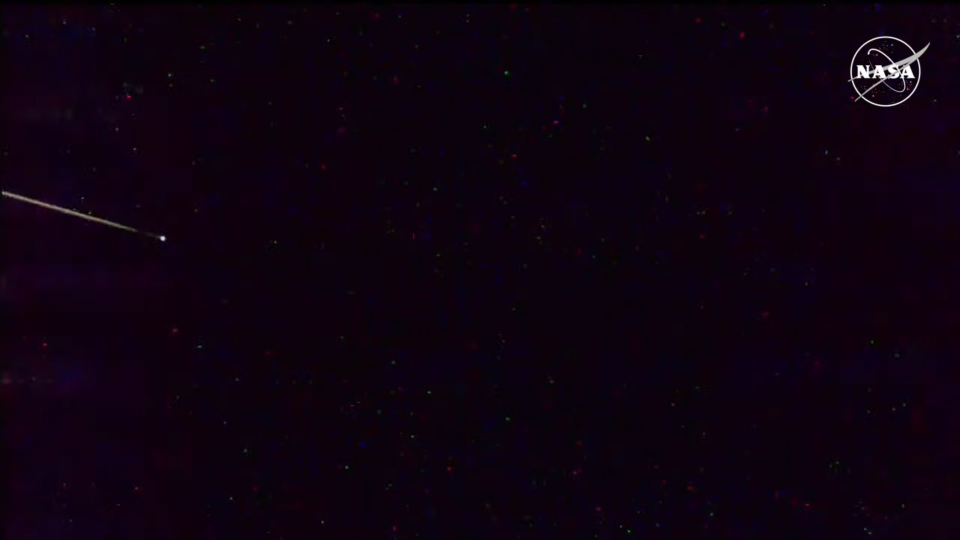

Neither capsule hit that ambitious target. SpaceX’s first astronaut mission, a test flight to the ISS called Demo-2, lifted off in May 2020. Starliner’s crewed debut was CFT, which launched atop a United Launch Alliance Atlas V rocket on June 5, sending Williams and Wilmore to the orbiting lab for a planned eight-day stay.
CFT had been slated to fly last year, but it was delayed to deal with parachute issues and to remove large amounts of insulating tape from the capsule’s wiring system. (Analsyes determined that the tape was flammable and thus posed a safety risk.)
The mission encountered issues more recently as well. A planned May 25 launch attempt was scrubbed, for example, after team members noticed a small helium leak in Starliner’s service module. More helium leaks popped up after launch, as Starliner chased the ISS down in orbit. And, more concerningly, the capsule experienced propulsion problems: Five of its 28 reaction control system (RCS) thrusters conked out not long after liftoff.
The thruster problems scuttled Starliner’s first ISS docking attempt on June 6. The capsule succeeded on its second try that day, and team members eventually brought four of the five faulty thrusters back online. But the issue loomed large over the rest of the mission.


A tough decision
NASA extended CFT’s orbital stay repeatedly, giving mission team members more time to analyze and troubleshoot the thruster problems. Such work included modeling studies and testing both in space (with Starliner) and on the ground (with a Starliner RCS thruster at NASA’s White Sands Test Facility in New Mexico).
Ultimately, NASA concluded that bringing Williams and Wilmore home on Starliner posed an unacceptable safety risk.
“The decision to keep Butch and Suni aboard the International Space Station and bring Boeing’s Starliner home uncrewed is the result of our commitment to safety: our core value and our North Star,” NASA Administrator Bill Nelson said in a statement on Aug. 24, the day the agency announced the news.
Related: Boeing Starliner astronauts will return home on a SpaceX Dragon in 2025, NASA confirms
Williams and Wilmore will stay aboard the ISS until February, when they’ll hitch a ride home on a SpaceX Crew Dragon — the one flying the company’s Crew-9 mission, which is set to lift off later this month. To make room for them, Crew-9 will lift off with two astronauts instead of the usual four.
Starliner, meanwhile, was packed up for an uncrewed return to Earth. Among the gear that it carried home were the “Boeing Blue” spacesuits that Williams and Wilmore wore aboard the capsule. The astronauts have no need for them now.
“The suits are not compatible,” Steve Stich, manager of NASA’s Commercial Crew Program, said during a press conference on Wednesday (Sept. 4). “So the Starliner suits would not work in Dragon, and vice versa.”
Sticking the landing
Starliner undocked from the ISS on Friday (Sept. 6) at 6:04 p.m. EDT (2204 GMT) as planned. It performed a series of burns to set itself up for the uncrewed landing, which occurred under parachutes in New Mexico’s White Sands Space Harbor just after midnight today.
Everything went well.
“I’m happy to report that Starliner did really well today in the undocking, reentry and landing sequence,” Stich told reporters after the touchdown. “It was a bullseye landing, a great landing out at White Sands.”
He added that Wilmore and Williams would have been fine if they’d been aboard the capsule. “It would have been a safe, successful landing with the crew on board,” Stich said. But he added that NASA’s decision to err on the side of safety with the data they had on hand before landing still stands: “I think we made the right decision.”
Boeing representatives did not participate in the post-landing briefing, instead ceding mission representation to NASA, the space agency said. But Boeing did release a statement shortly after Starliner’s return.
“I want to recognize the work the Starliner teams did to ensure a successful and safe undocking, deorbit, reentry and landing,” Mark Nappi, Boeing’s vice president and program manager of Boeing’s Commercial Crew Program, said in the statement. “We will review the data and determine the next steps for the program.”
This was the third touchdown overall for Starliner, by the way. The capsule also flew two uncrewed test flights to the ISS, one in December 2019 and one in May 2022. Starliner failed to meet up with the orbiting lab on the first flight after suffering several glitches. The second uncrewed mission was a success, though Starliner experienced some thruster issues on that flight as well. (These were a different set, associated not with the RCS but with Starliner’s orbital maneuvering and control system.)
RELATED STORIES:
— Starliner: Boeing’s next-generation spaceship for astronauts
— NASA cuts 2 astronauts from SpaceX Crew-9 mission to make room for Boeing Starliner crew
— Here’s what Boeing Starliner astronauts are doing on the ISS as NASA works on their ride home
A cloudy future
Boeing and NASA had hoped that CFT would pave the way for Starliner’s certification, allowing the capsule to begin flying six-month-long astronaut missions to the ISS.
The first such operational flight, Starliner-1, had been targeted for February 2025. That launch has already been pushed back, however, to August 2025 at the earliest. And it’s unclear at the moment if Starliner will be certified by then — or what additional tests, if any, NASA will require before certification can occur.
“I think what we need to do now is really lay out the overall plan, which we have not had time to do,” Stich said in the Sept. 4 press conference.
“We haven’t, because the teams have been so focused on this flight, laying out that overall search strategy, the overall amount of work we’ve got to go do,” he added. “And then when we do that, we’ll have a better understanding of, When can we certify the vehicle, and when can we resume flights?”
Crew Dragon, meanwhile, was certified shortly after Demo-2’s successful conclusion in 2020. The SpaceX vehicle is now gearing up for its ninth operational astronaut flight to the ISS for NASA. (That would be Crew-9, as the name suggests.)
SpaceX has also flown a handful of private crewed missions to the station, as well as the Inspiration4 astronaut flight to Earth orbit, which did not meet up with the orbiting lab. And it’s preparing to launch Polaris Dawn, another free-flying commercial astronaut mission, which aims to conduct the first-ever private spacewalk.
Editor’s note: This story was updated at 4:10 a.m. ET on Sept. 7 with information and quotes from the post-landing press conference.

Dr. Sarah Adams is a scientist and science communicator who makes complex topics accessible to all. Her articles explore breakthroughs in various scientific disciplines, from space exploration to cutting-edge research.






